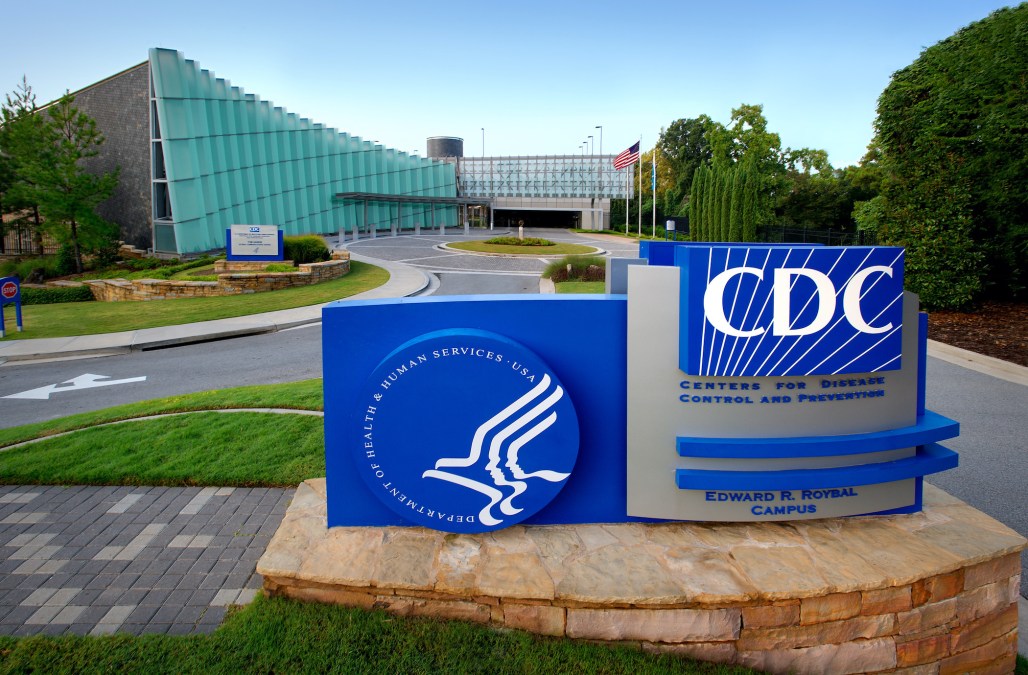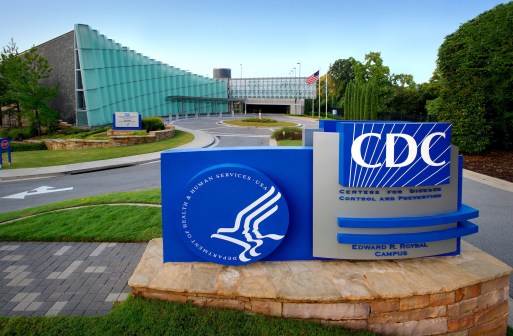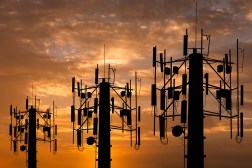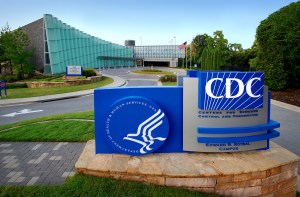Report: CDC Data Modernization Initiative remains largely unplanned

The Centers for Disease Control and Prevention lacks a detailed Data Modernization Initiative framework due to projects’ complexity and COVID-19 response being a competing priority, according to a Government Accountability Office report released Wednesday.
While the Department of Health and Human Services agreed CDC needs to provide actions and deadlines for data modernization projects, the agency continues to look for subject matter experts up to the task.
CDC received $1.1 billion for its Data Modernization Initiative beginning in 2020, when the COVID-19 pandemic made clear its infrastructure was lacking, but there’s still no plan for allocating those funds.
“Without more specific, actionable plans, CDC may not be able to gauge its progress on the initiative or achieve key results in a timely manner,” reads the GAO report. “In addition, such lack of progress to implement enhanced surveillance systems could affect the quality and timeliness of data needed to respond to future public health emergencies.”
CDC managed to launch a COVID-19 Electronic Laboratory Reporting system in 2020 and has plans to modernize the National Syndromic Surveillance Program, National Notifiable Diseases Surveillance System and National Vital Statistics System, but it still has more than 100 surveillance systems that require continued updates, maintenance and IT innovations.
Many of these systems are plagued by outdated data collection and transmission methods like manual entry and faxing, a lack of common data standards across state and local systems leading to data inconsistencies, and a lack of interoperability hindering data sharing. The traditional federal funding model led to the rise of disparate surveillance systems among states and localities, the health departments of which struggle to maintain the IT workforces that tend to such systems.
“The federal government lacks an interoperable network of systems for near real-time public health situational awareness 15 years after federal law first mandated that the Department of Health and Human Services establish such a network,” reads the report.
While lawmakers passed three such laws since 2006, the latest being the Pandemic and All-Hazards Preparedness and Advancing Innovation Act of 2019, GAO found HHS had made “little progress” planning a network since 2017 — hindering the ability of public health officials to monitor and respond to COVID-19 or future pandemics. HHS hasn’t even established an integrated planning team and didn’t comment on GAO’s finding.
GAO further found that CDC could be better positioned to coordinate national COVID-19 surveillance if it included in its approach objectives and ways to measure progress, which HHS agreed with.
Some public health officials have called for CDC to update its surveillance strategies to reflect the COVID-19 pandemic shifting from a crisis to control situation.
GAO suggested CDC might set an objective of relying on wasterwater surveillance where clinical testing is limited, to achieve its goal of identifying disease outbreaks, and then set targets for measuring how well it’s filling in reporting gaps. Other objectives and measures might be tied to disease variant surveillance.
HHS noted in its response that defining objectives won’t solve all its surveillance woes.
“Progress toward meeting surveillance goals is affected by agency efforts, as well as jurisdictional activities, funding, data use agreements and reporting authorities that are outside of the control of the agency,” reads the response.





